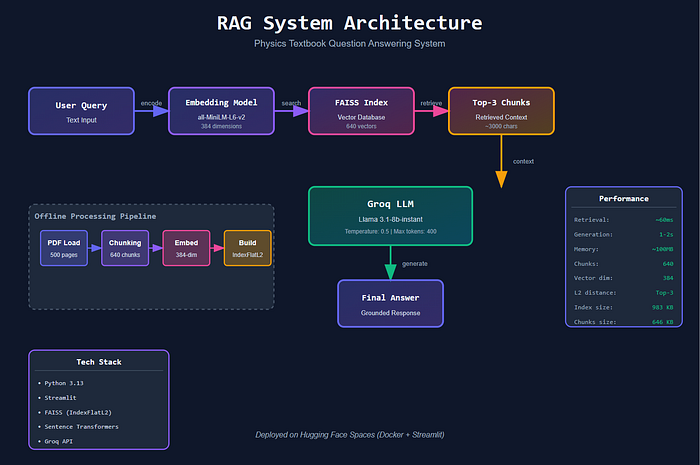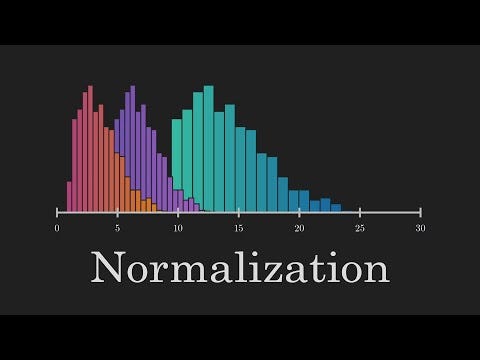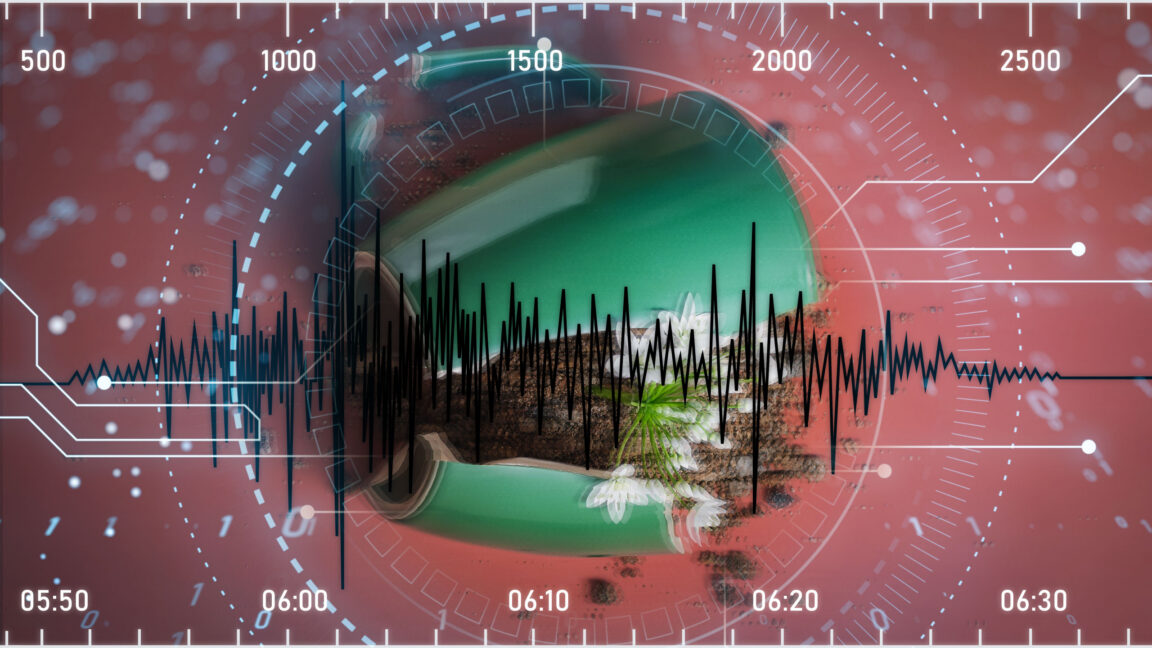Introduction to RAG Applications
The development and deployment of a Retrieval-Augmented Generation (RAG) application is a complex process that involves several steps. A RAG system is designed to answer questions by retrieving relevant passages from a given text and generating responses using a Large Language Model (LLM). In this article, we will explore the development and deployment of a RAG application that answers physics questions.
Overview of the RAG Application
The RAG application was built to answer physics questions by retrieving relevant passages from an AP Physics textbook. The application processes 500 pages of Electricity chapters content, creates vector embeddings, stores them in a FAISS index, and serves answers through a Streamlit interface deployed on Hugging Face Spaces. The article describes the entire process, starting from document processing and creating embeddings to search retrieval and answer generation.
Technical Choices and Development
The development of the RAG application involved several technical choices, including the use of Python, FAISS, and Streamlit. The application uses a customized system to efficiently answer physics questions. The article outlines the importance of accurate prompt engineering to ensure reliable answers and discusses performance characteristics observed during testing on Hugging Face Spaces.
How the RAG Application Works
The RAG application works by processing the content of the AP Physics textbook and creating vector embeddings. These embeddings are then stored in a FAISS index, which allows for efficient search and retrieval of relevant passages. When a user asks a question, the application uses the LLM to generate a response based on the retrieved passages.
Deployment and Testing
The RAG application was deployed on Hugging Face Spaces, which provides a platform for deploying and testing machine learning models. The application was tested for its performance and accuracy, and the results are discussed in the article.
Conclusion
The development and deployment of a RAG application is a complex process that requires careful consideration of technical choices and development. The application described in this article demonstrates the potential of RAG systems to efficiently answer physics questions. With the use of customized systems, accurate prompt engineering, and efficient deployment, RAG applications can be a valuable tool for students and professionals alike.
FAQs
What is a RAG application?
A RAG application is a type of machine learning model that uses retrieval-augmented generation to answer questions. It retrieves relevant passages from a given text and generates responses using a Large Language Model (LLM).
How does the RAG application work?
The RAG application works by processing the content of a given text, creating vector embeddings, and storing them in a FAISS index. When a user asks a question, the application uses the LLM to generate a response based on the retrieved passages.
What is the benefit of using a RAG application?
The benefit of using a RAG application is that it can efficiently answer questions by retrieving relevant passages from a given text. This can be particularly useful for students and professionals who need to quickly find accurate information.
Can RAG applications be used for other subjects?
Yes, RAG applications can be used for other subjects beyond physics. The technology can be applied to any subject where there is a large amount of text that needs to be searched and retrieved.











